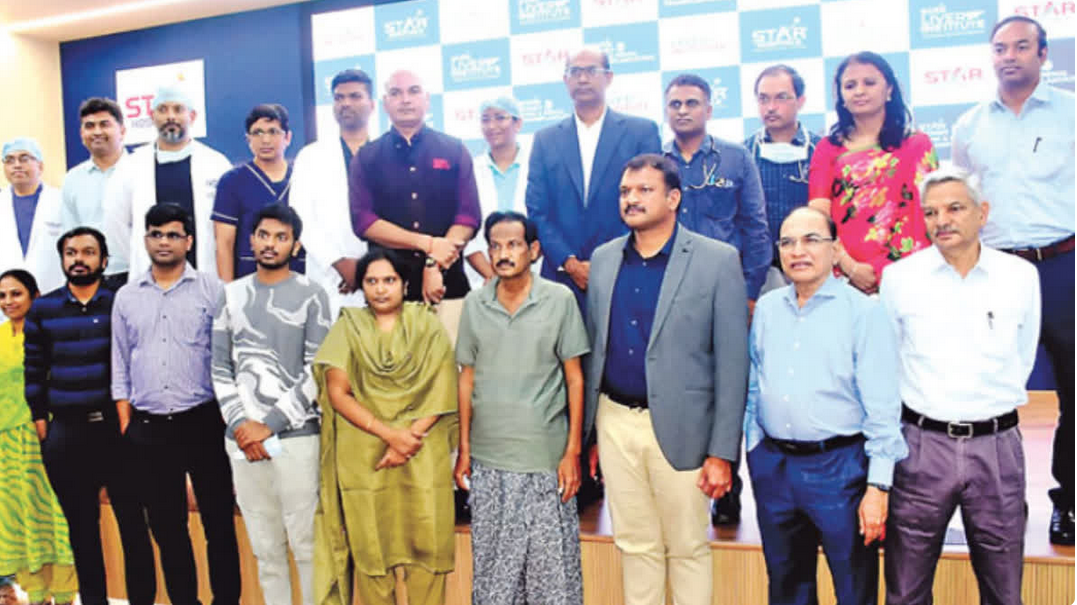India’s recent recognition by the World Health Organization (WHO) for eliminating trachoma as a public health problem marks a significant achievement in the country’s commitment to eradicating preventable diseases. Trachoma, a bacterial infection that has plagued populations for centuries, has long been one of the leading causes of blindness worldwide. For India to overcome this challenge not only highlights the strength of its healthcare system but also sets a powerful example for global health initiatives. Let’s dive into the details of how India conquered trachoma, the implications of this achievement, and what the future holds for disease prevention and eye health in the country.
Understanding Trachoma: A Threat to Vision
Trachoma is caused by Chlamydia trachomatis, a bacterium that primarily affects the eyes. It is spread through direct contact with infected eye, nose, or throat secretions, or indirectly via flies that have touched these secretions. The disease manifests with symptoms such as itching and irritation of the eyes, sensitivity to light, and discharge. If left untreated, trachoma can cause the eyelids to turn inward—a condition known as trichiasis. In this advanced stage, the eyelashes scrape against the eyeball, leading to intense pain, corneal damage, and eventually, irreversible blindness.
For many years, trachoma was one of the most common causes of blindness in India. The disease disproportionately affects impoverished communities where poor hygiene, limited access to clean water, and inadequate healthcare facilities create the perfect environment for its spread. Trachoma thrives in areas where sanitation is low, and where individuals are unable to maintain proper facial cleanliness.
The Role of WHO’s SAFE Strategy
The turning point in the fight against trachoma came when the WHO introduced the SAFE strategy, a comprehensive approach aimed at both treating and preventing the disease. The SAFE strategy stands for Surgery, Antibiotics, Facial cleanliness, and Environmental improvement. Let’s break down these components and understand their critical role in India’s success:
- Surgery: For individuals who had already developed trichiasis (the advanced stage of trachoma), surgery was essential to prevent further damage to the cornea and save their sight. The surgery corrects the position of the eyelid, stopping the painful scraping of the eyelashes against the eyeball.
- Antibiotics: The bacterial nature of trachoma means that antibiotics, specifically azithromycin, played a central role in the early treatment of infections. Widespread antibiotic distribution helped clear the infection, preventing its spread in densely populated regions.
- Facial Cleanliness: Encouraging proper hygiene practices, particularly face washing, helped to break the transmission cycle. This aspect of the strategy was especially crucial in areas where children, the most vulnerable group, were often affected. Clean faces prevent flies from spreading the bacteria, significantly reducing the chances of infection.
- Environmental Improvement: One of the root causes of trachoma is poor living conditions, so improving sanitation was a long-term solution. Access to clean water, better waste disposal systems, and reducing overcrowded living conditions became integral to the fight against trachoma. Cleaner environments meant fewer opportunities for the bacteria to spread, leading to a long-term reduction in cases.
India’s Journey Toward Trachoma Elimination
India’s trachoma elimination journey officially began with the launch of the National Trachoma Survey (2014-17), which provided comprehensive data on the prevalence of the disease. Following this survey, the government ramped up efforts through the National Program for Control of Blindness & Visual Impairment (NPCBVI) to implement WHO’s SAFE strategy on a national scale. Special focus was given to states with a higher prevalence of trachoma, and healthcare workers on the ground played a pivotal role in educating communities about the importance of hygiene and the availability of treatment.
By 2017, India was declared free of infective trachoma. This achievement didn’t come easy. It required the concerted efforts of healthcare professionals, government initiatives, and widespread community participation. The combination of top-down policy enforcement and grassroots healthcare education was instrumental in achieving this milestone.
The use of data played a significant role in India’s approach. By identifying high-risk areas and focusing resources on them, the government was able to target interventions where they were most needed. In addition, public awareness campaigns ensured that individuals, especially in rural areas, understood the importance of facial cleanliness, antibiotic use, and early medical intervention to prevent blindness.
Recognizing India’s Success
The WHO defines the elimination of trachoma as a public health problem when the prevalence of trachomatous trichiasis is less than 0.2% in individuals aged 15 years and older, and active trachoma in children aged 1-9 years is less than 5%. India successfully met these criteria, a testament to the effectiveness of its public health initiatives and the dedication of its healthcare system.
India’s success in eliminating trachoma also demonstrates the power of combining modern medicine with community-based interventions. The collaboration between the central government, state governments, local healthcare providers, and international organizations like WHO was essential to achieving this victory.
The Global Context: What Other Countries Can Learn
India’s achievement in eliminating trachoma has broader implications for other countries still suffering with the disease. Across Africa and parts of Asia, trachoma remains a significant public health concern. The success of the SAFE strategy in India offers a replicable model that can be tailored to the unique needs of other countries. A key lesson from India’s experience is the importance of a holistic approach combining medical treatment with hygiene education and environmental improvements.
Other nations battling trachoma can also take note of India’s robust surveillance system. Regular monitoring and data collection allowed India to track the progress of its interventions and make necessary adjustments. In countries where healthcare infrastructure is less developed, building similar surveillance systems may be crucial in achieving success.
The Broader Fight Against Blindness and Eye Health
Trachoma is just one of many diseases that threaten eye health worldwide. In its quest to eliminate trachoma, India has also bolstered its overall commitment to preventing blindness. Programs like NPCBVI have been instrumental in addressing other causes of visual impairment, such as cataracts and refractive errors. India’s comprehensive approach to eye health, including public health campaigns and the availability of affordable treatments, ensures that millions of people have access to the care they need.
The lessons learned from the fight against trachoma can be applied to other areas of healthcare, particularly in regions where diseases linked to poverty and poor living conditions remain prevalent. Investing in preventive measures, public awareness, and community engagement are critical strategies that can be scaled up to tackle a wide range of health issues.
Sustaining Progress and Expanding Health Coverage
As India celebrates the elimination of trachoma, attention must now turn to sustaining this success. Vigilance is key, as relaxing public health efforts could lead to a resurgence of the disease. Continuous monitoring and ensuring access to clean water and sanitation will remain crucial in keeping trachoma at bay.
Furthermore, the fight against trachoma fits into the larger context of India’s commitment to universal health coverage (UHC). By ensuring that all citizens have access to essential healthcare services, India can continue to prevent diseases, reduce health disparities, and improve quality of life for its population.
India’s success in tackling trachoma also strengthens its position as a leader in global health. As the world looks for solutions to address preventable diseases and improve public health outcomes, India’s strategies offer valuable insights and a replicable model for success.
India’s elimination of trachoma as a public health problem is a shining example of what can be achieved through coordinated efforts, political will, and community involvement. The country’s ability to address the root causes of the disease improving sanitation, promoting hygiene, and providing timely medical interventions proves that even the most entrenched public health challenges can be overcome.
As India continues its journey toward improving overall eye health and disease prevention, its fight against trachoma will remain a testament to the power of public health initiatives. This milestone not only secures a healthier future for millions of Indians but also offers hope to other countries still fighting this debilitating disease.
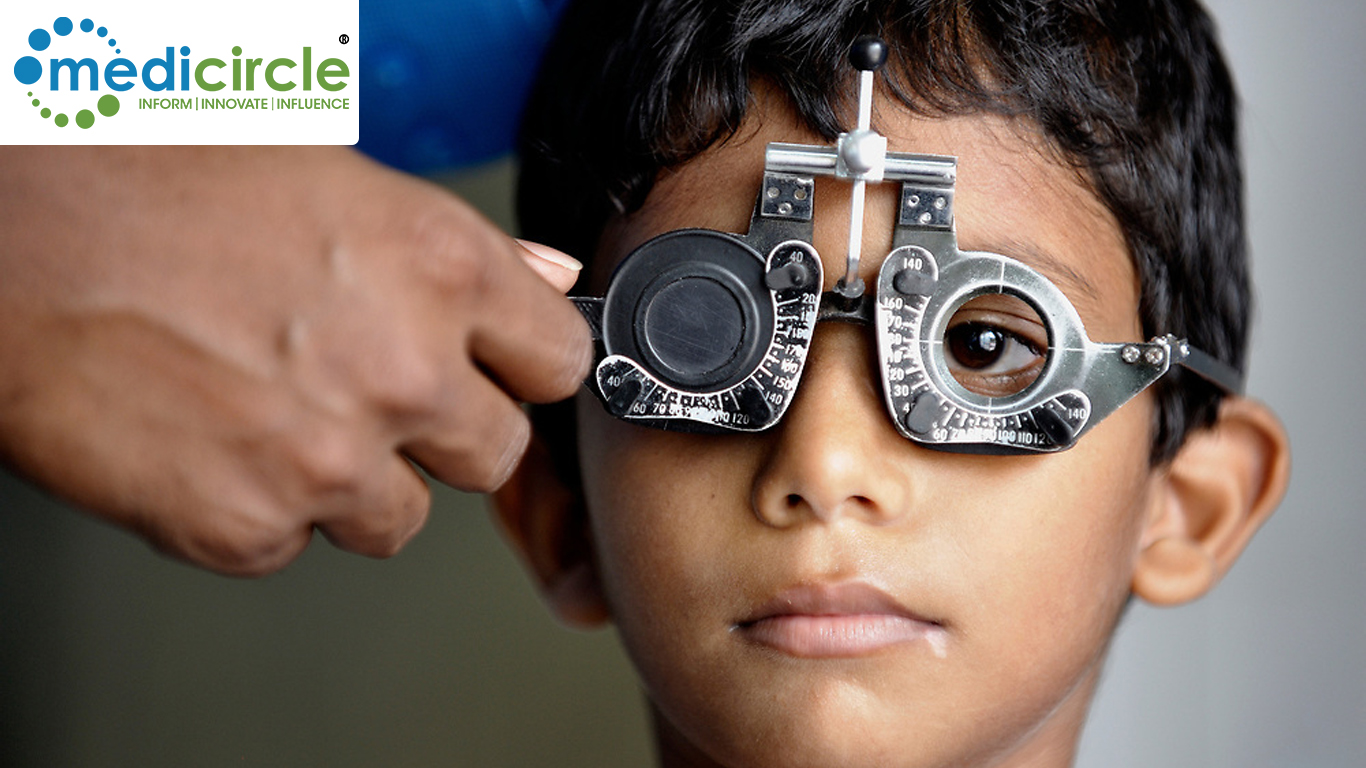
 This milestone not only secures a healthier future for millions of Indians but also offers hope to other countries still fighting this debilitating disease.
This milestone not only secures a healthier future for millions of Indians but also offers hope to other countries still fighting this debilitating disease.










.jpeg)


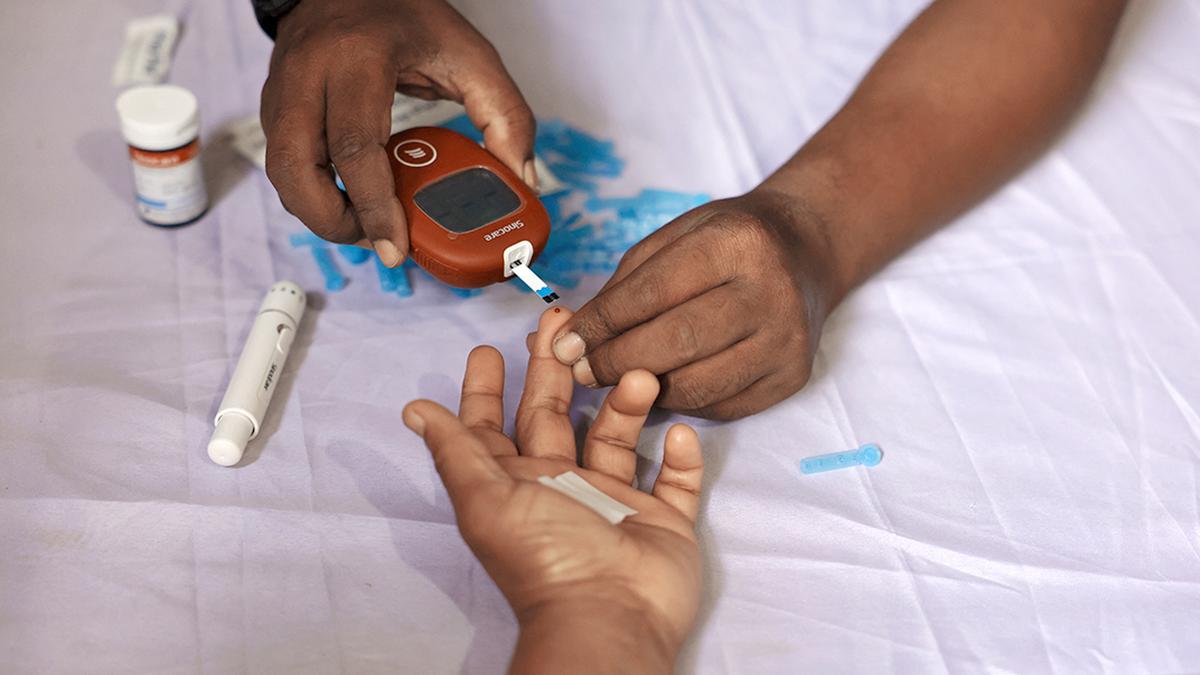

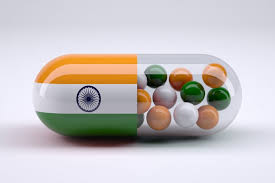





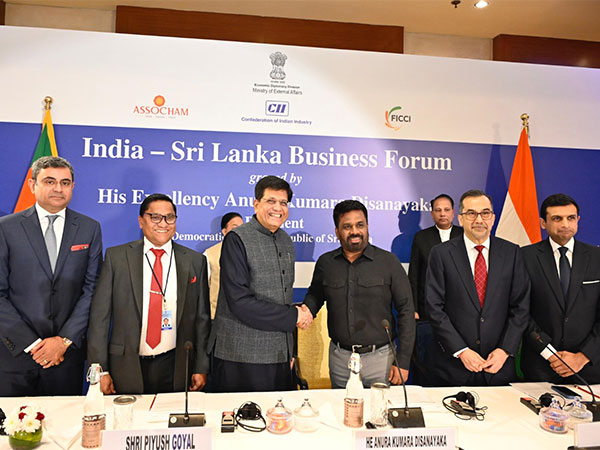
.jpg)


